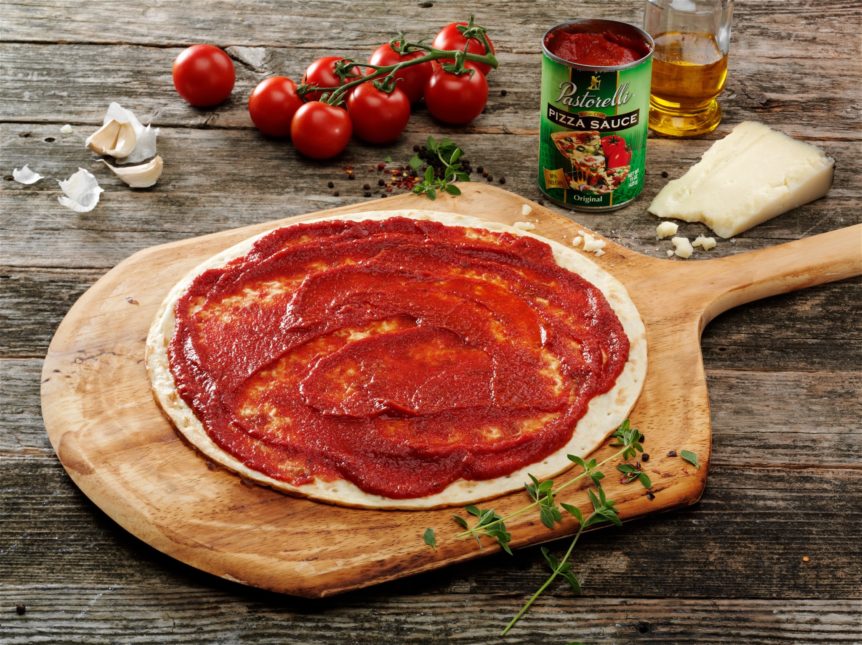With so many pizza sauces available in today’s market, it’s hard to choose which will be the best pizza sauce for your pizzeria. Ultimately, personal preference of flavor and texture will likely ultimately drive your selection. However, these quality factors can help you ensure that you’re selecting a high quality pizza sauce that matches up with the flavor and texture you’re looking for.
Here are some things to look for when selecting your pizza sauce:
Low Bostwick Measurement
Bostwick test determines the viscosity of a product by measuring how far the product flows under its own weight on a consistometer during a 30 second time period. The Bostwick is measured in centimeters, therefore a lower Bostwick Measurement translates to a thicker pizza sauce. Look for something with a measurement of around 2-4 cm if you’re looking for a thick sauce.
High Brix Measurement
Brix refers to the number of tomato solids or sugars in a pizza sauce. Brix is typically expressed as a percentage and is found using a tool called a refractometer. An example of a product with a high brix % is a tomato paste. A tomato puree would have a lower brix %. Some pizza sauce brands add extra water or fillers to increase the weight of the product while lowering costs. To avoid this, look for a product with a brix measurement above 10%.
pH Measurement around 4-4.5
pH refers to the degree or intensity of the acidity of a given product. Measured by “ounces per pound of product,” pH is a measurement of the total acid present, without regard to whether the acid is strong or weak. pH is an important spoilage control mechanism so try to make sure your pizza sauce is somewhere around 4-4.5.
Knowledge of these quality factors can help you select the best pizza sauce for your restaurant. Explore Pastorelli’s products and contact us today to find out which one of our sauces will be the best fit!

